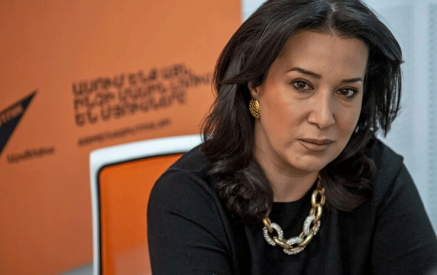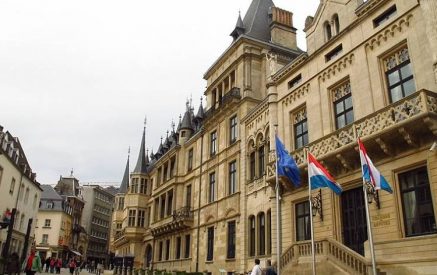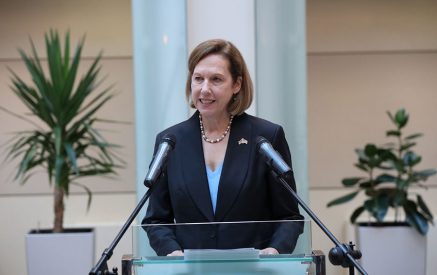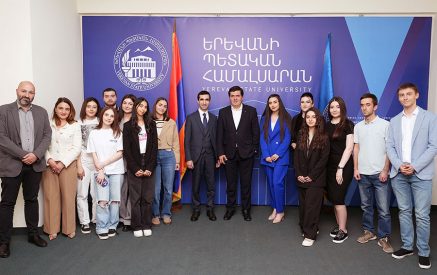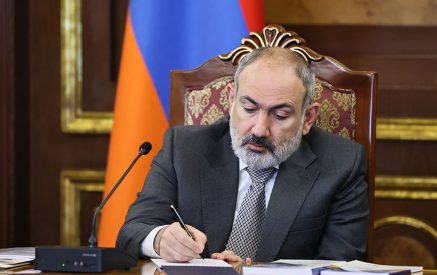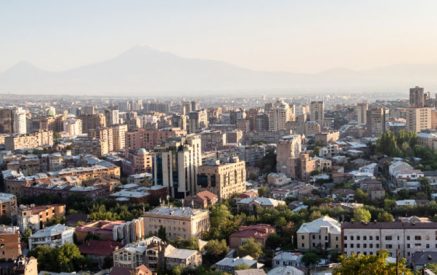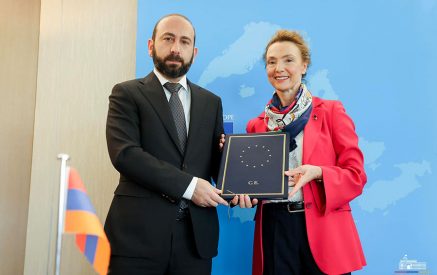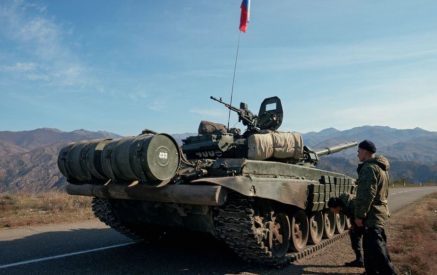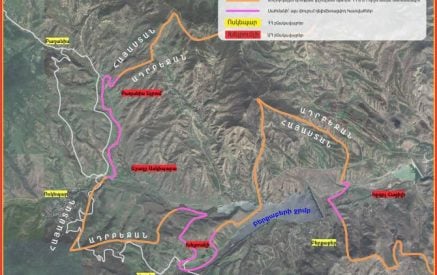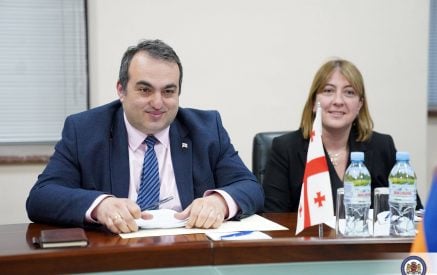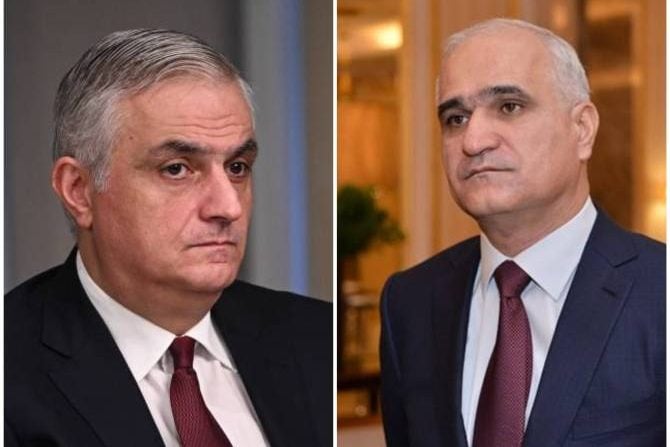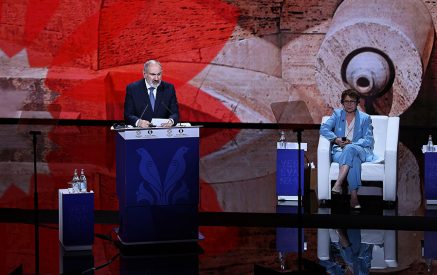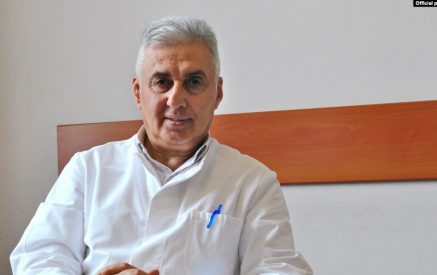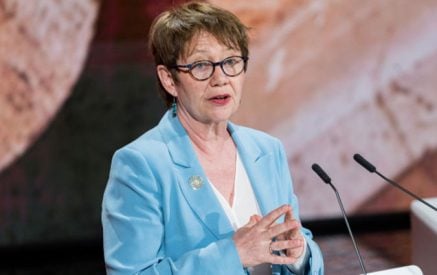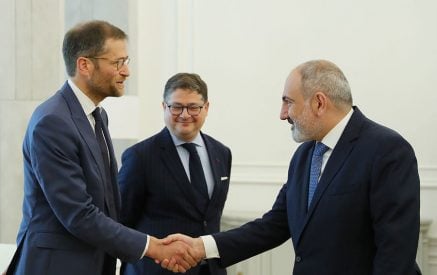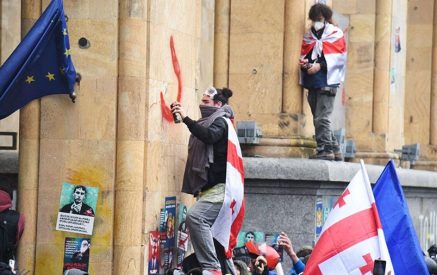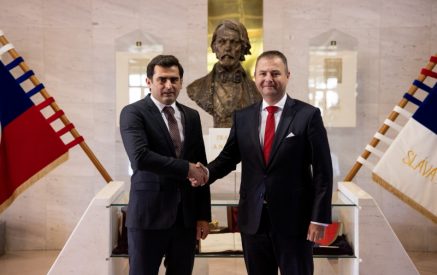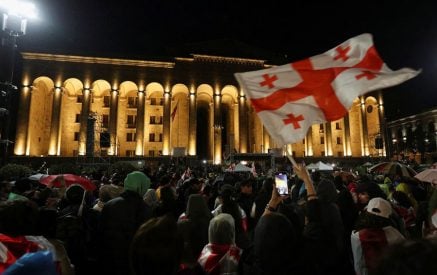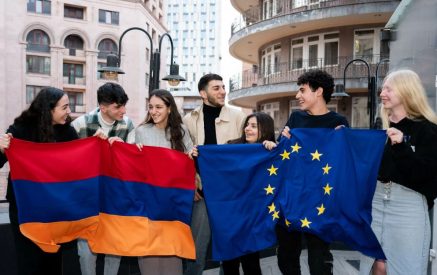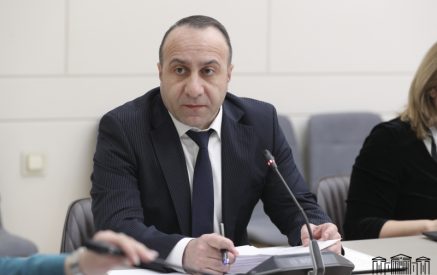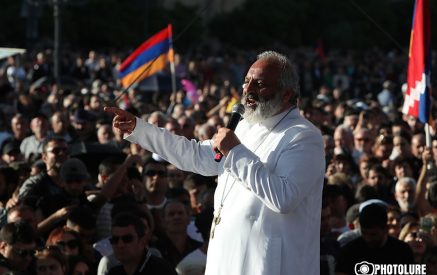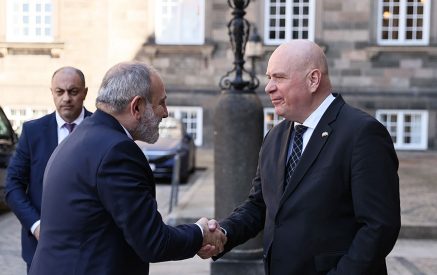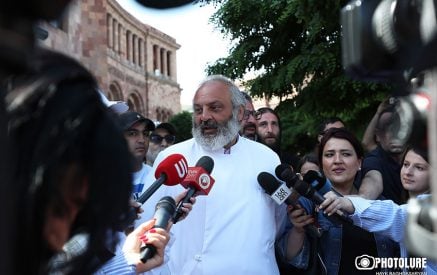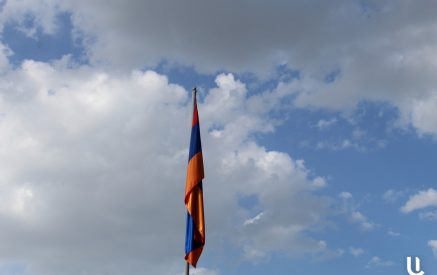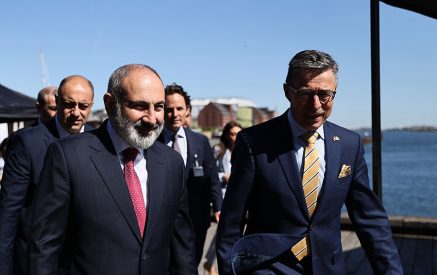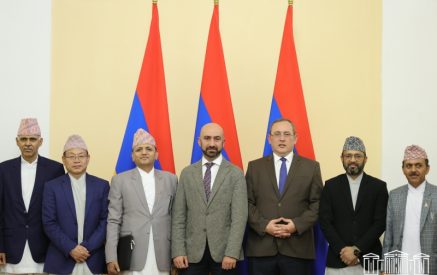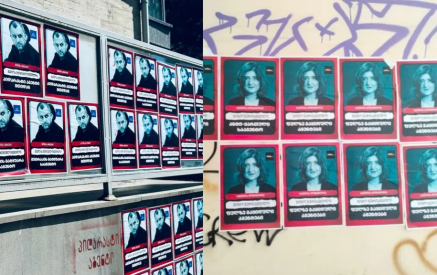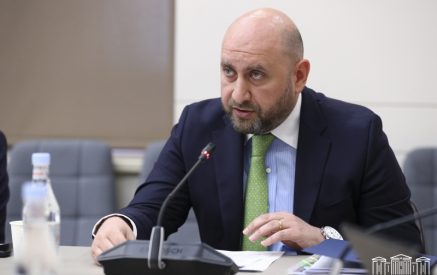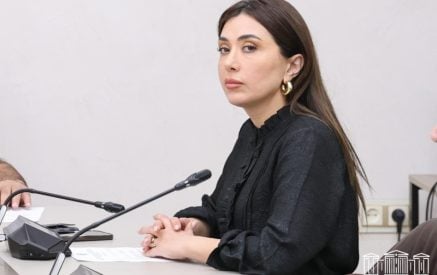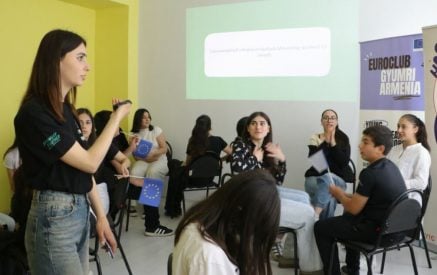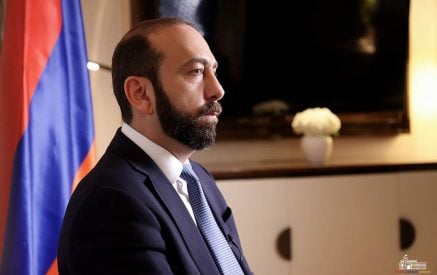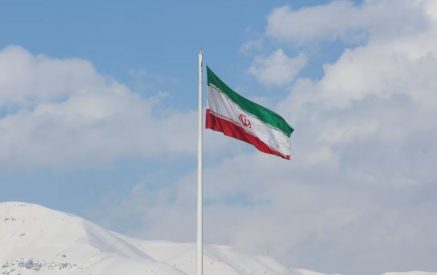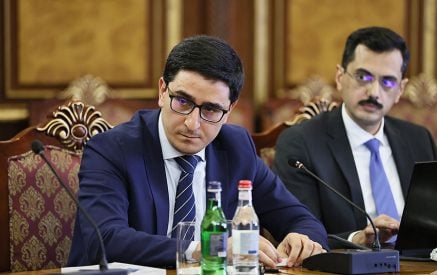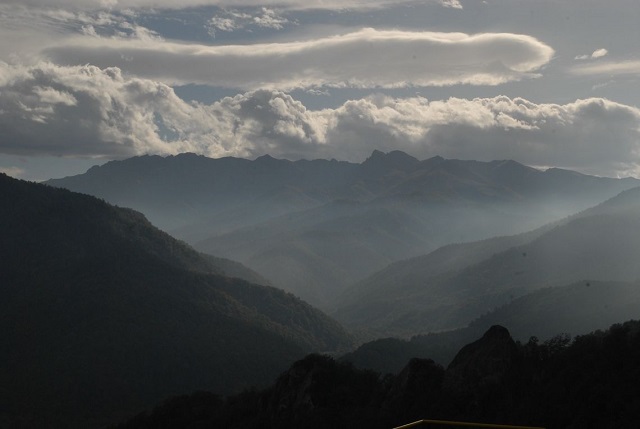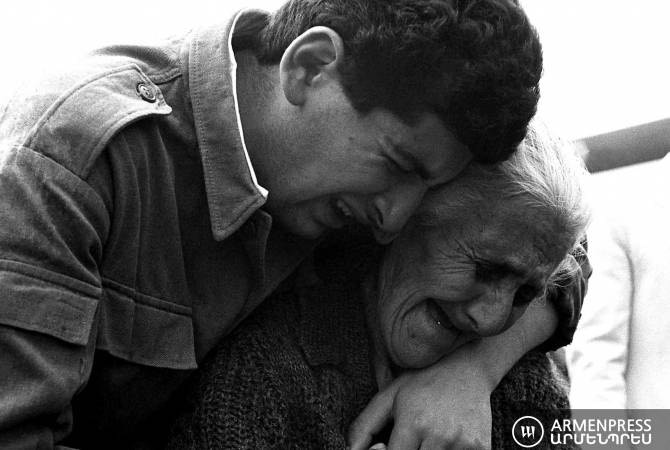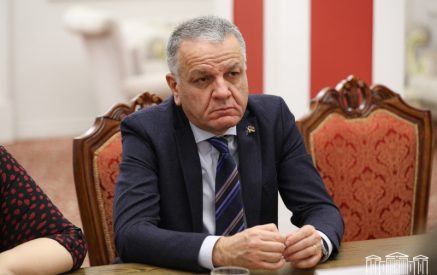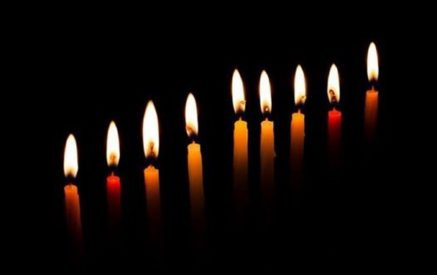The essence of the Karabakh conflict is the continuation of Armenocide and the terrorist aggression of 2020 was as imbued with Armenocide as the ethnic cleansing of 1991 and the aggression of 2016. The statement about the “establishment of peace” is false and dangerous, since the hot phase of Armenocide passed to the cold one. The siege of Shushi and Hadrut followed with the Armenocide phase there was succeeded with ethnic cleansing in Karvachar and Kashatagh. It is this reality that favors Aliev to speak in the language of blackmail about returning of the Armenian prisoners of war and cynically declare his “willingness” to close the page of hostility and hatred in the region.
The terrorist aggression of 2020 violated the international principles and decisions on security of unrecognized states and violated the territorial integrity of the de facto established Republic of Artsakh by creating a new phase of the conflict, when a large part of the Armenians of Artsakh were forcibly deported to the Republic of Armenia and today took refuge there. The existence of the Republic of Artsakh and of its ethnic Armenian population is endangered today by the growing aspirations of the Turkish-Azerbaijani tandem.
The agreement of November 9, 2020 aimed at stopping the terrorist aggression of 2020 and eliminating its consequences. Clause 7 of the agreement refers to the return of refugees and internally displaced persons to the ” Nagorno-Karabakh Republic and to 7 adjacent regions”, which constitute the de facto territorial integrity of the Artsakh Republic.
And who are those refugees and the internally displaced persons? The Co-Chairs of the OSCE Minsk Group visiting from October 7 to 12, 2010 the territories around Nagorno-Karabakh to assess the situation, stated that the total population there was about 14, 000 people living “in small villages and towns in Lachin and Kelbajar, and the residents are mainly ethnic Armenians who moved there from Azerbaijani SSR”. So, alone in Karvachar/Kelbajar and Kashatagh/Lachin living in 2010 were 14,000 Armenian refugees from Sumgait, Baku, Northern Artsakh, Kirovabad, Yevlakh, Shaki-Shirvan, and also from “7 districts adjacent to NKAR” who found refuge under the auspices of the Artsakh Defense Army. (In addition, we consider it our duty to inform you that during 1988 about 30,500 Armenians from “7 regions adjacent to the Nagorno-Karabakh Autonomous Region” fled to the Republic of Armenia and registered there in the Refugee Committee as Armenian refugees from the Azerbaijani SSR). About 2,200 Armenians from Shushi fled to other regions of the Nagorno-Karabakh Republic in 1988, and returned to their homes after the liberation of Shushi from the slaughterers in May 1992. About 30 thousand Armenian refugees from the Azerbaijan SSR who survived the 1987-1992 Armenocide in the Armenian-populated areas of Azerbaijan lived in the de facto established Republic of Artsakh, some of which resided in Hadrut and Shushi and became refugees again when these towns were surrendered. As a result of the 2020 aggression, about 50 thousand Armenians of Artsakh were forced to leave their homes. These are рrecisely the refugees and internally displaced persons mentioned in paragraph 7 of the Agreement of November 9.
Read also
We appeal to the UN High Commissioner for Refugees and to the Co-Chairs of the Minsk Group to make a commitment and eliminate the consequences of the Azerbaijani-Turkish terrorist aggression in 2020, namely: the return of refugees and internally displaced persons under clause 7 “NKAO and 7 adjacent areas” and the return of prisoners of war, hostages and other detained persons and the bodies of the dead under clause 8 of the Agreement.
This is the requirement of the November 9 Agreement to end the aggression, as well as to counteract the catastrophe that challenges the world, as an attempt is made to create a precedent for resolution of conflicts through armed aggression and involvement of terrorists.
This is required by the memory of victims of the Sumgait disaster, which has not yet been condemned by the UN and Minsk Group Co-Chairs. The “pardoning” of Sumgait events sponsored the terrorist aggression mixed with Armenocide in 2020 against Artsakh, against all Armenians living in Artsakh including the oldster Jonik papik who escaped the Sumgait pogroms in 1988, but was hunted and beheaded in Shushi, a refugee from Baku Benik was shot dead in Hadrut and the video of the event was spread as a threat, and his wife, Lena, was tortured to death and beheaded.
We demand to stop the cold Armenocide phase that flows on after the November 9 “establishment of peace”, and to return the population of the Artsakh Republic to abandoned houses under Article 7 of the Agreement. Only after the removal of the consequences of the 2020 terrorist aggression will it be possible to discuss the real basis for peace in the region, the elimination of hostility and hatred, otherwise the rest is false and unreliable.
PS The progress of events is reminiscent of many details of deportation of Armenians from Armenian settlements in Nakhichevan, that in brief proceeded as follows: after the massacre of Armenians in 1918-1920 in Nakhichevan province, the authorities of newly established Soviet Azerbaijani prevented Armenians from returning to their abandoned homes. Of 44 Armenian villages in the pre-Soviet Nakhichevan province, only two remained in 1988 with none at present.
The Forum of Refugees from Azerbaijan SSR
27.02.2021

